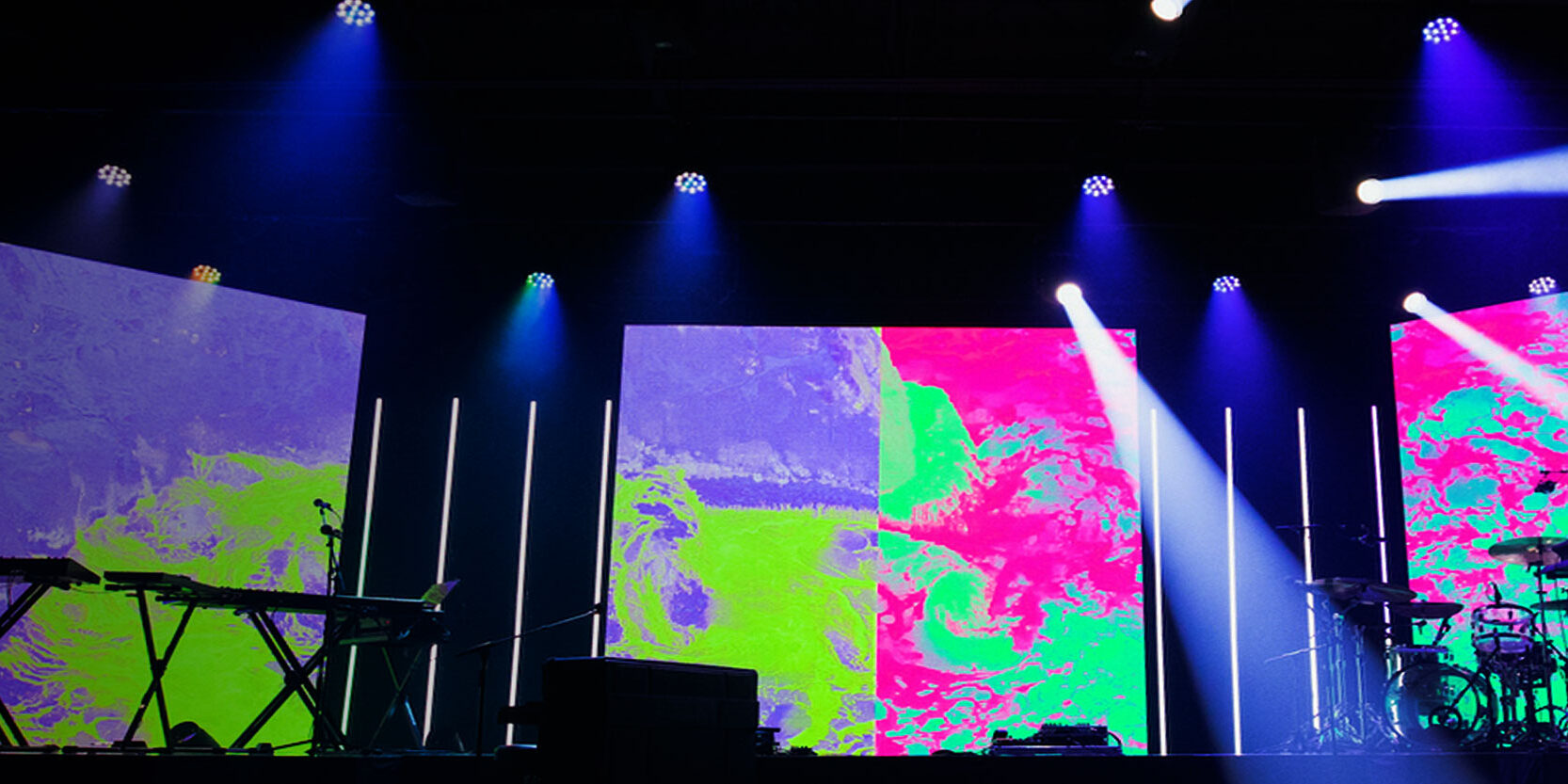Understanding the Role of Tonal Contrast Ratios on Optical Resolution and Viewer Response
Wiki Article
Contrast proportions are an important concept in visual design and human interpretation. They relate to the variation in brightness between the brightest and deepest parts of a graphical interface. A greater brightness ratio means that there is a greater differentiation between bright and dim areas, which can significantly affect how clearly we see images, text, and other graphical elements. This is particularly crucial when considering how people with varied sight abilities perceive information. Understanding brightness proportions enables creators develop more accessible displays, whether for websites, advertisements, or educational materials.

The significance of brightness ratios can be seen in multiple contexts, such as TVs, computer monitors, and smartphones. In these devices, a elevated brightness ratio allows for crisper visuals and more legible text. For instance, when viewing a film or playing interactive media, strong contrast can improve the user experience by making details more distinct. This is also applicable for reading text on screens; a pronounced difference between the text hue and background tone can reduce visual fatigue and improve readability. As people interact with online media daily, designers must emphasize ideal visual balance settings to ensure comfort and clarity.
Various user groups may perceive contrast ratios in distinct ways. For individuals with sight limitations, click to find out more such as color blindness or reduced vision, sufficient visual separation is essential for understanding information presented graphically. Content creators must account for these variations when creating content. Tools like color contrast checkers can help assess whether the chosen hues offer enough separation for all viewers. By maintaining proper contrast ratios, designers not only make their output inclusive but also reflect universal design in their creations.
In addition to accessibility considerations, contrast ratios play a great site key function in visual design quality and general UX. A well-designed layout uses color combinations that not only attract attention but also lead visitors through information smoothly. For example, emphasizing key controls or information with contrasting colors helps individuals move through effortlessly. When viewers find it easy to distinguish between different elements on a screen, they are more likely to engage with the material and perform tasks efficiently.
Finally, as technology continues to evolve, the importance of understanding contrast ratios remains relevant. Innovations in display technology provide opportunities for even better visual clarity. However, without careful consideration of how contrast affects human perception, advancements may not reach their full potential. Designers and developers must remain updated about standards concerning visual contrast to ensure that their work remains effective and intuitive across multiple systems and devices. By prioritizing these principles, they can enhance communication and create a more visually inclusive digital world.